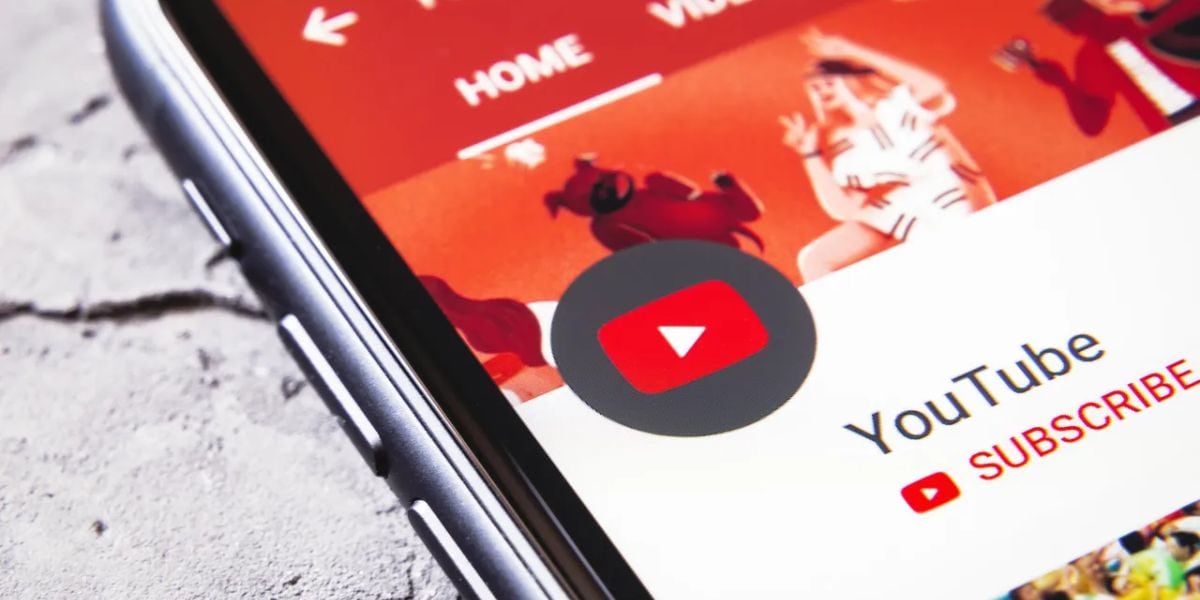
In a groundbreaking move, YouTube has integrated artificial intelligence into its platform, enabling AI-driven video editing without explicit consent from content creators. This development marks a significant shift in the realm of digital content creation, raising pertinent questions about copyright, user autonomy, and the future of AI in media.
Understanding YouTube’s AI Editing Mechanism
YouTube’s AI editing tools are designed to enhance user experience by automating various aspects of video production. These tools can modify video titles, descriptions, and even content elements, all without prior approval from the original creators.
While the intent is to streamline content for broader audiences, this approach has sparked debates over the ethical implications.
The Impact on Every Creator Video
For content creators, this AI-driven editing presents both opportunities and challenges. On one hand, it can increase content visibility and engagement by optimizing videos for diverse audiences.
On the other hand, it raises concerns about the loss of creative control and potential misrepresentation of their work. Creators are now navigating a landscape where their content can be altered without their consent, prompting discussions about the need for clearer guidelines and permissions regarding AI interventions.
Navigating the Ethical Landscape
The introduction of AI editing by YouTube underscores the necessity for ethical considerations in the deployment of artificial intelligence in media. Questions about consent, transparency, and accountability are at the forefront of this discourse.
As AI continues to shape the digital content landscape, establishing ethical frameworks will be crucial. These ensure technological advancements aligning with the rights and expectations of content creators and audiences alike.
AI Creator Video Editing: Looking Ahead
As YouTube continues to refine its AI editing tools, it is imperative for stakeholders to engage in ongoing dialogues about the role of AI in content creation. Establishing clear policies and ethical guidelines will be essential in balancing innovation with respect for creative integrity and user rights.
